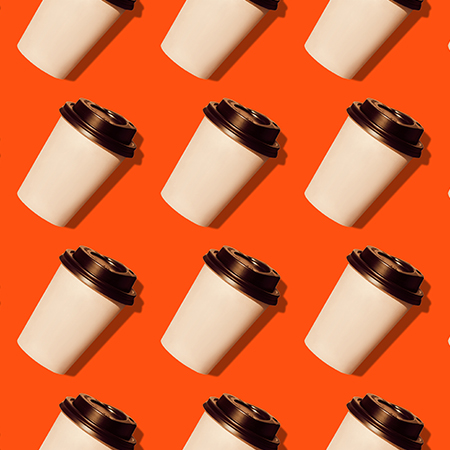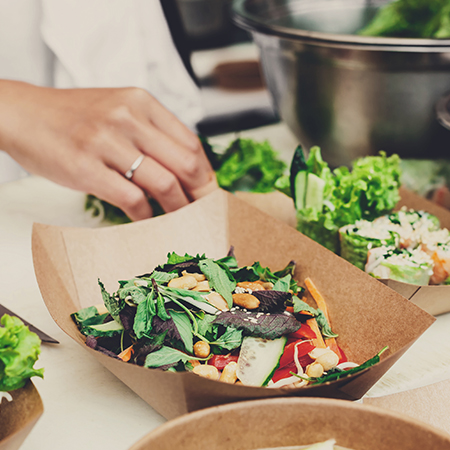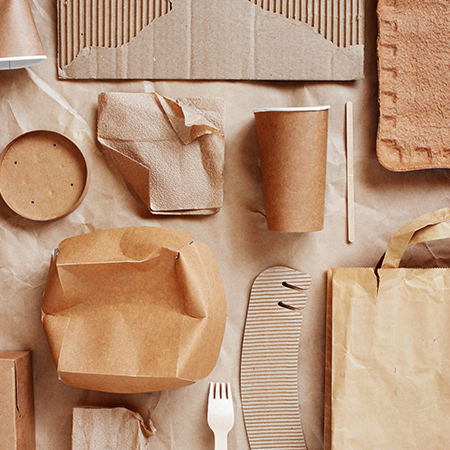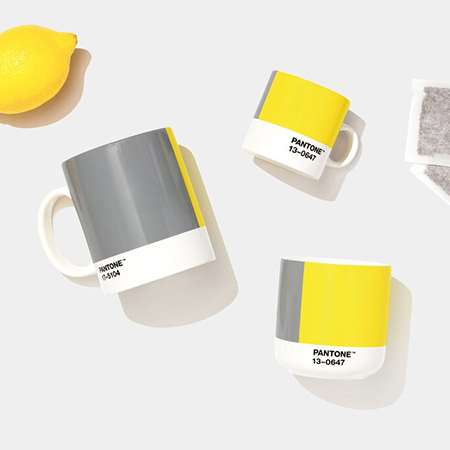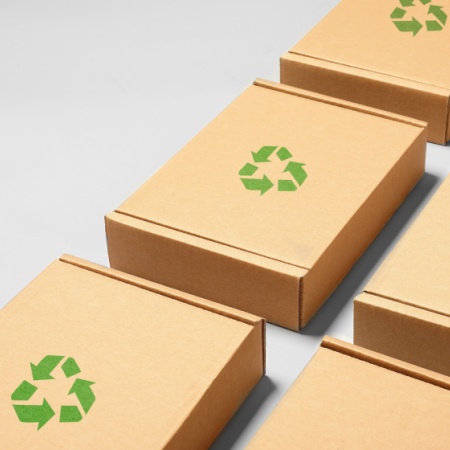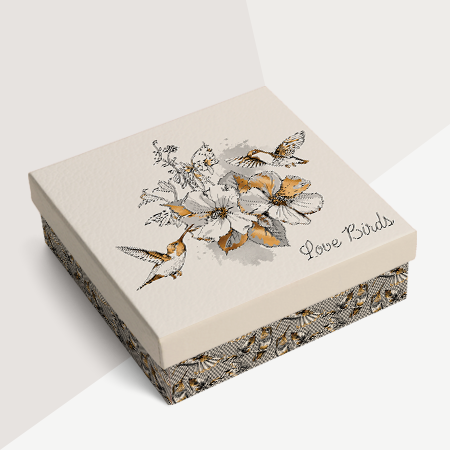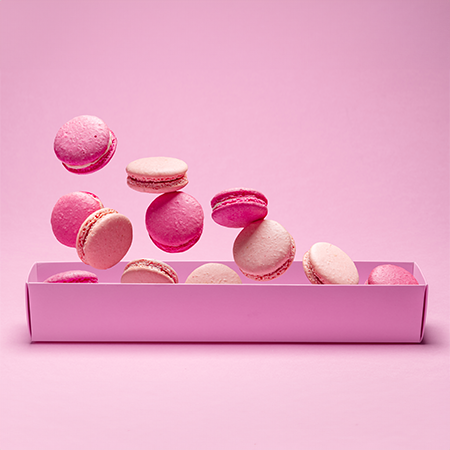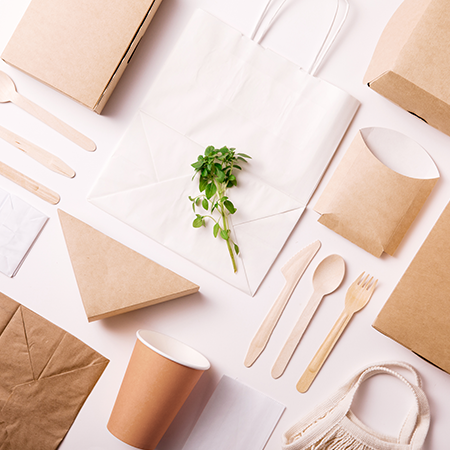The term 'kraft paper' probably makes you think of a couple of things. But it might come as a surprise to you to hear that kraft paper is cardboard in its simplest form.
Layers of laminated brown wrapping paper together make the traditional box of corrugated cardboard.
But it is also used as a flat, thin sheet of paper.
That leaves it to solve hundreds of problems, possibly thousands. This simple brown paper can be of benefit to your company. It helps with security, branding, environmental impact and saving money.
What is kraft paper?
Kraft paper is a material that is naturally biodegradable.
It is used for packaging and protection in a wide range of industrial and commercial operations.
It's natural 'woody'-looking appearance means it's also suited to a range of branding choices.
The name derives from the German “Kraft”, which means “strength” or “force.”
Here's how that strength comes in:
How is kraft paper made?
Back in the late 1800s, the engineer Carl F. Dahl was working in a paper mill.
His job was to make the best paper products possible.
A few types of paper turned out not to be strong enough for their intended use.
So Dahl has begun to change the chemicals used throughout the production process.
When the wood chips come to the paper mill to be turned into paper, they are crushed and mixed with the adhesive.
Dahl found that the treatment of one of the elements of the wood chips with sulphates, once ground to a pulp, made the final material stronger.
Hence the name kraft paper - literally strong paper.
Having discovered the true strength and versatility of this new material, it quickly became a staple for the packaging industry-and the food industry.
Benefits of kraft paper
The main advantage of recycled brown paper is that it is exceptionally strong due to its increased sulfur content and decreased lignin content.
This stronger form of paper has a much longer shelf life than alternative materials and is much more resistant to piercing than paper.
Brown paper can be made from many types of wood, such as pine, bamboo and oak.
This means that it's easier to create, so there's an abundance of it available, which promotes lower material costs.
The quality of wood can be quite broad, which means that high and low-density woods can be mixed together.
A lot of kraft paper is made from imperfect trees that are not suited to other functions.
Since it retains its natural color and texture, there is no need for an extra step of bleaching.
This saves money as the material needs to be handled less and keeps chemicals out of the environment.
The chemicals used in the production of kraft paper are easily recovered and reused, again and again, to foster a circular economy.
Byproducts of the kraft paper manufacturing process, such as tall oil, continue to be reprocessed and used in asphalt and fire-starting bricks.
Kraft paper & packaging
Pure brown paper is a popular material in product packaging.
Thanks to its versatility as a packaging material, it can save your business time and money.
Here's the reason:
Corrugated cardboard made of kraft paper is the default shipping option for a number of reasons.
- It's lightweight
- It's sustainable
- It's cheap
- It can be custom printed
Because it's lightweight, corrugated kraft boxes don't add any extra weight to your product.
Keeping your item's total weight down means lower shipping costs for you.
Kraft paper branding & design options
This humble brown paper is not only adaptable in terms of use. It's just as versatile when it comes to branding and visual design.
The natural, wood-like texture is due to the unbleached pulp that, when processed, looks a lot like the natural texture of raw wood.
This makes it a fantastic 'black' canvas for many brand types.
Brands that use minimalism as a design concept often use the simple texture of kraft paper as a means of focusing on that 'less is more' idea.
Due to its natural look, many 'eco-friendly' brands use kraft paper in their branding.
The look and texture gives an earthy, woody feel and helps to resonate with customers who are looking for an unprocessed 'raw' product.
Final thoughts
Kraft paper is something we come across daily.
Its versatility for both boxes and paper gives it a place in your packaging suite, both as a protector and as a canvas for your branding.
